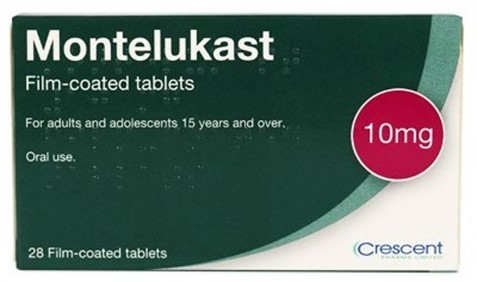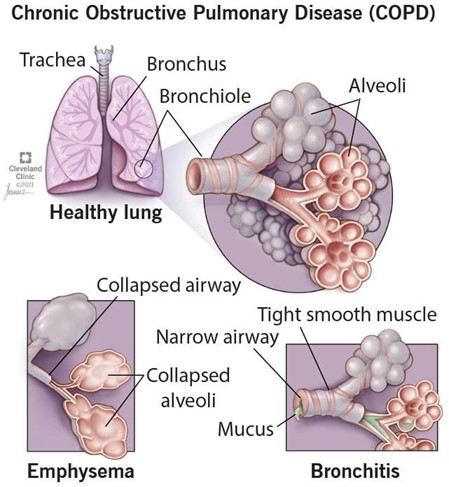A nurse is preparing to titrate morphine 6 mg via IV bolus to a client. The amount available is morphine 8 mg/mL. How many mL should the nurse administer per dose?
(Round the answer to the nearest hundredth. Use a leading zero if it applies. Do not use a trailing zero.)
The Correct Answer is ["0.75"]
To calculate the volume of solution, use the formula:
mL = (desired dose in mg / available dose in mg) x 1 mL
Plug in the given values:
mL = (6 mg / 8 mg) x 1 mL
Simplify and solve:
mL = 0.75 x 1 mL
mL = 0.75 mL
Round to the nearest hundredth and add a leading zero if needed:
mL = 0.75 mL
Nursing Test Bank
Naxlex Comprehensive Predictor Exams
Related Questions
Correct Answer is A
Explanation
Montelukast is an oral leukotriene receptor antagonist that prevents inflammation and bronchoconstriction in asthma. It is taken once daily in the evening to prevent nocturnal symptoms and improve morning lung function.
- "I rinse my mouth after taking this medication." This is not necessary, as montelukast is not associated with oral thrush or dysgeusia, unlike some inhaled corticosteroids.
- "I use a spacer device when I inhale this medication." This is not applicable, as montelukast is not an inhaler, but a tablet or chewable form.
- "I take this medication when I get an asthma attack." This is not appropriate, as montelukast is not a rescue medication, but a maintenance medication that should be taken regularly to prevent asthma exacerbations. A short-acting beta2 agonist such as albuterol should be used for acute relief of symptoms.

Correct Answer is B
Explanation
Pursed-lip breathing is a technique that helps clients with COPD to exhale more effectively and prevent air trapping in the lungs. It also reduces dyspnea and improves oxygenation.
a) A low protein diet is not recommended for clients with COPD, as they need adequate protein intake to maintain muscle mass and prevent malnutrition.
c) Fluid restriction is not necessary for clients with COPD, unless they have signs of fluid overload or heart failure. Adequate hydration helps to thin secretions and facilitate expectoration.
d) Early-morning hours are not the best time for exercise and activity for clients with COPD, as they may experience more shortness of breath and fatigue due to diurnal variations in lung function. A better time would be mid-morning or afternoon, after taking bronchodilators and clearing secretions.

Whether you are a student looking to ace your exams or a practicing nurse seeking to enhance your expertise , our nursing education contents will empower you with the confidence and competence to make a difference in the lives of patients and become a respected leader in the healthcare field.
Visit Naxlex, invest in your future and unlock endless possibilities with our unparalleled nursing education contents today
Report Wrong Answer on the Current Question
Do you disagree with the answer? If yes, what is your expected answer? Explain.
Kindly be descriptive with the issue you are facing.
